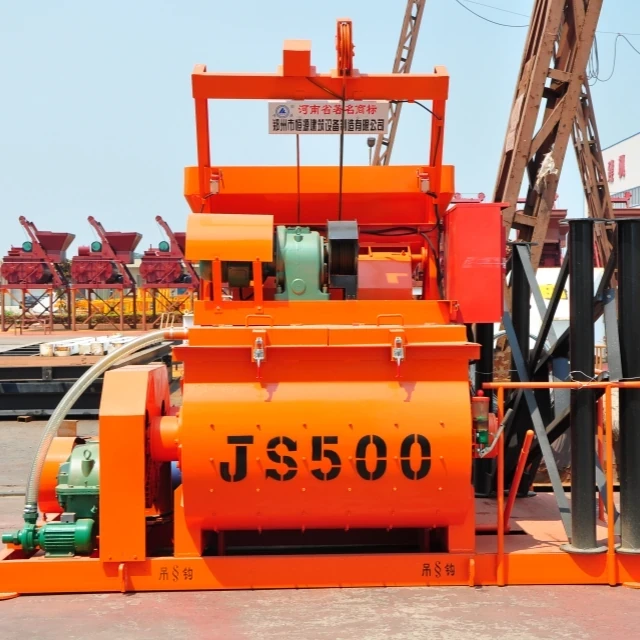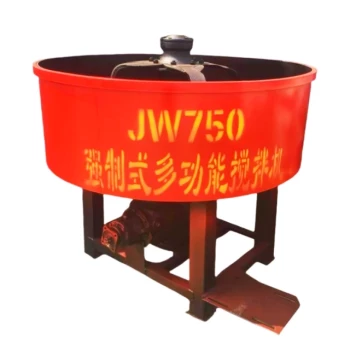Introduction
A single improperly tightened anchor bolt can compromise an entire structure’s stability. This guide explains why precise tightening sequences and shell alignment are non-negotiable for structural integrity, backed by industry-tested methods. Whether you’re securing heavy machinery or steel frameworks, these practices prevent costly failures—and keep projects compliant.
Anchor Bolt Tightening and Structural Integrity
The Critical Role of Shell Alignment in Bolt Tightening
Anchor bolts don’t work in isolation. Their effectiveness hinges on shell alignment—the precise positioning of connected components before tightening. Misalignment forces bolts to bear uneven loads, leading to:
- Shear stress concentrations that weaken bolt threads
- Gasket leaks in pressurized systems (e.g., piping flanges)
- Premature fatigue cracks in the base material
Ever wondered why some bolts snap under tension? Misalignment redistributes forces unevenly, turning a 10,000-lb load into a 15,000-lb stress point on one bolt.
Consequences of Premature or Incorrect Tightening
Rushing the tightening process risks:
- Joint relaxation: Over-torqued bolts lose clamp force over time as materials settle.
- Thread stripping: Cross-threaded bolts fail at 30-40% below rated capacity.
- Foundation cracks: Uneven stress from unsequenced tightening fractures concrete.
A 2018 bridge retrofit failure in Ohio was traced to crews tightening anchor bolts before grout fully cured—resulting in a $2M repair.
Best Practices for Anchor Bolt Installation
Step-by-Step Tightening Procedures for Industry Compliance
Follow this sequence for reliable results:
-
Verify alignment
- Use laser levels or dial indicators to confirm shell positioning within 1/16" tolerance.
- For machinery, check manufacturer specs (e.g., Garlway winches require 0.002"/inch parallelism).
-
Hand-tighten first
- Secure all bolts finger-tight to maintain alignment during final torquing.
-
Apply incremental torque
- Use a crisscross pattern (star sequence) at 30%, 60%, and 100% of target torque.
- Hydraulic torque wrenches reduce human error by 72% compared to impact tools.
Did you know? The American Institute of Steel Construction mandates torque verification via turn-of-nut method for critical joints.
Case Studies: Lessons from Anchor Bolt Failures
- Oil Rig Collapse, Gulf of Mexico (2016): Skipping the star-pattern sequence caused 80% of anchor bolts to loosen during storm loads.
- Wind Turbine Foundation Failure (2020): Over-torquing cracked the base ring, reducing bolt clamp force by 55%.
Key Takeaways for Structural Safety
- Alignment precedes tightening: Always confirm shell positioning before applying torque.
- Sequencing saves structures: Follow crisscross patterns to distribute stress evenly.
- Tools matter: Invest in calibrated torque wrenches—especially for Garlway equipment installations where vibration resistance is critical.
Final thought: Anchor bolts are the silent guardians of structural integrity. Treat them with the precision they demand.
Related Products
- Heavy Duty Electric Boat Winch Windlass Anchor
- Ready Mixer Machine for Construction Ready Mix Machinery
- Commercial Construction Mixer Machine for Soil Cement Mixing Concrete
- Portable Concrete Mixer Machine Equipment for Mixing Concrete
- Construction Products Concrete Plant Machine Mixing Concrete Mixer
Related Articles
- How Electric Winch Components Dictate Performance and Durability
- How to Choose the Right Winch for Heavy-Duty Applications: A Scenario-Based Guide
- The Psychology of Controlled Force: Why Winch Design Is a Study in Trade-offs
- The Two-Winch Mindset: Why You're Calculating Pulling Power All Wrong
- How Boat Anchor Winches Prevent Injuries and Enhance Marine Safety















